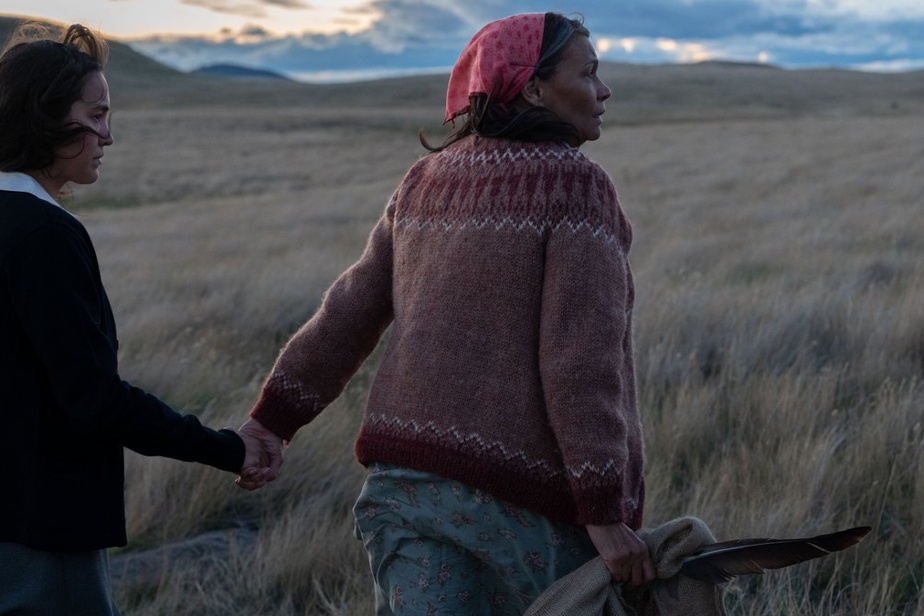Spanning more than 100 years, the impact of Canada’s residential school system is told through the generational struggle of Cree matriarch Aline Spears’ family in the face of systemic starvation, racism and sexual abuse.
The Shadow of the Crows shines a light on a sordid chapter in Canadian history that needs to be told to make up for the decades of ignorance. In this regard, Marie Clements’ feature film is a success. By retracing the complex journey of Cree matriarch Aline Spears, from her childhood in the Canadian residential school system to her struggle that led her to the Vatican, the Métis director reveals truths long hidden.
However, the film of more than two hours is much too dense. It is a vast subject, which deserves attention to each of its details. The pacing makes it difficult to take the time to absorb the material and realize the magnitude and weight of the characters’ suffering.
It’s a film about trauma, but one that’s coated in a dramatic veneer that’s too thick for emotion to permeate us. The frequent jumps in time, the shots with exaggerated perspectives and the hasty sequence of scenes unfortunately make this a work whose form does not equal the importance of the subject.
We would have liked to know a little more about the profession of Cree code transmitter that Aline Spears practiced during the Second World War. This element is unfortunately neglected, in favor of an unbelievable and boring romantic plot. Played by three different actresses (in chronological order: Summer Testawich, Grace Dove and Carla Rae), the protagonist is fascinating, and embodies the story superbly. Better and more soberly executed, the narrative would have done more justice to the story.
However, some moments are very luminous and offer a beautiful perspective on the richness of a life, in its most beautiful and ugly aspects. Note the magnificent scenes of dancing and singing, which showcase Aboriginal culture so well. There is a lot of power in this film, despite its shortcomings.
At the very end, powerful testimonies from survivors added to the montage brilliantly complete the experience. It is good to leave the fictitious framework to, precisely, realize that the horrifying story that we have just been told is not a myth.















